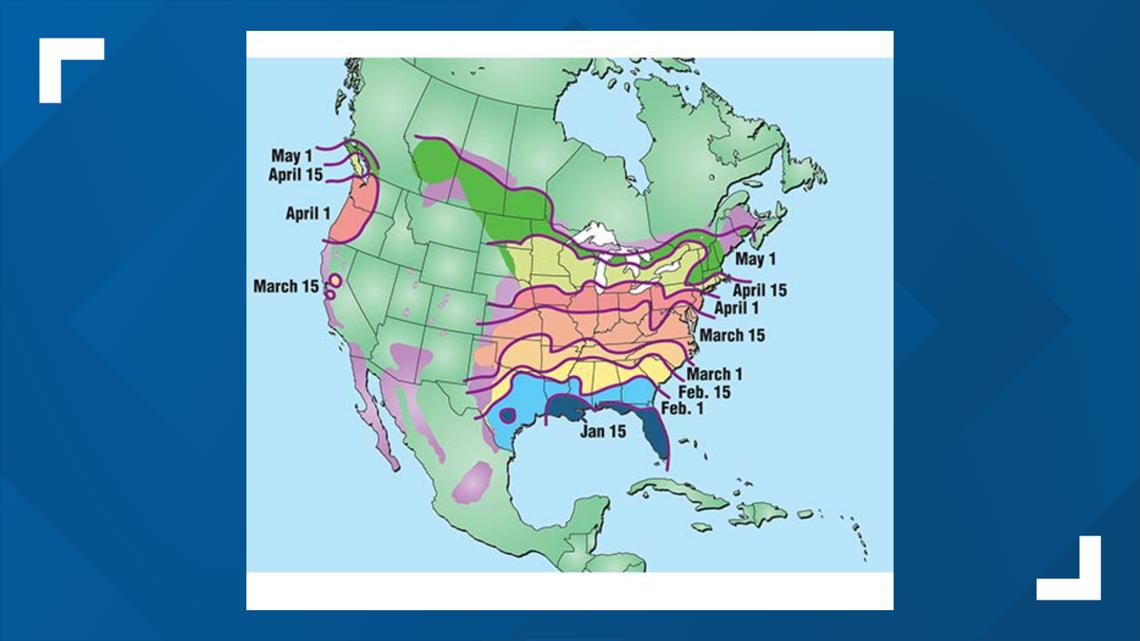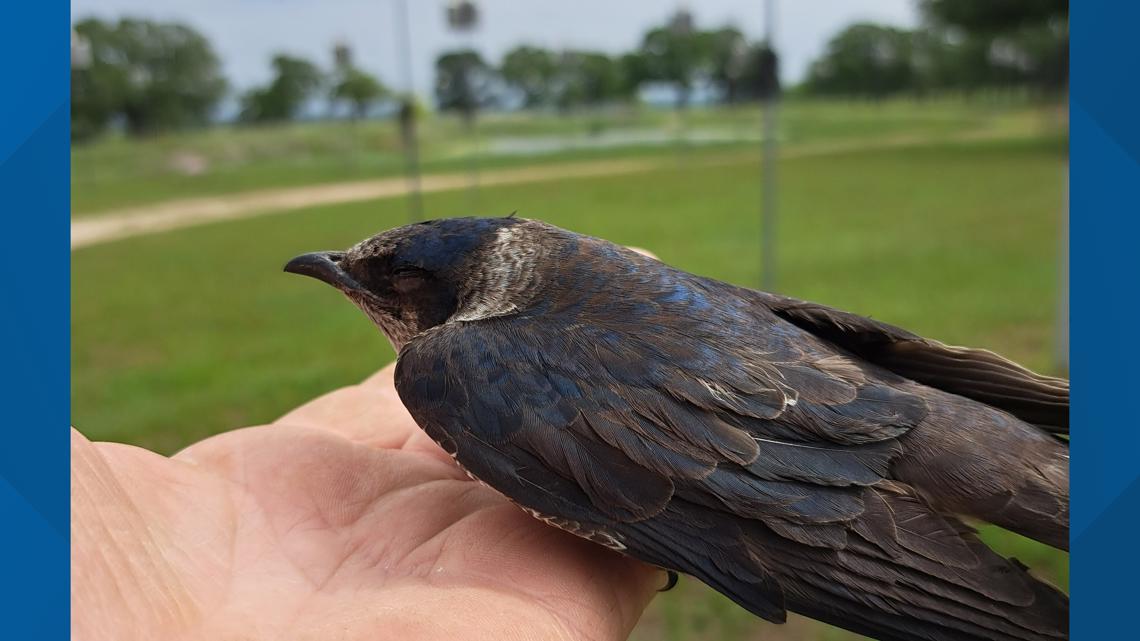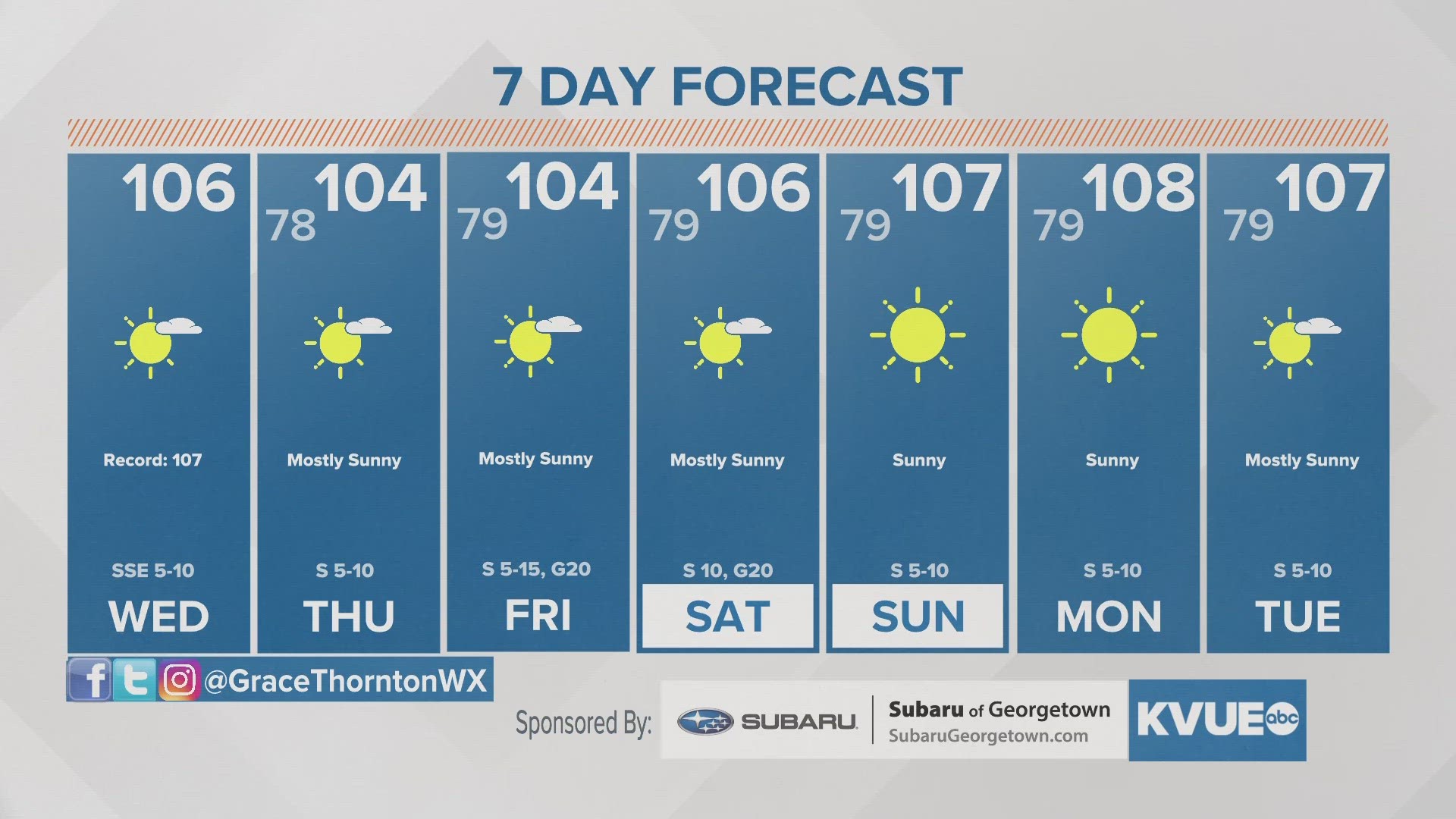AUSTIN, Texas — Whether you are familiar with the purple martin or not, the birds are definitely familiar with Texas.
After spending the bulk of the winter in South America, these migratory birds begin to fly into Texas as early as January and stay for many months.


Here in Central Texas, we hold a large roost, or population, of these birds. On their migration back to South America in the late summer, large swarms of birds will leave their nests in the morning – so many birds, that it can be reflected on local radar.
Below is an example of this, from the morning of June 23:
Seeing the birds on the radar is very cool, but in person, it can be quite miraculous – so miraculous, in fact, that the Travis Audobon Society holds "purple martin parties" on summer evenings during peak migration.
Apart from being a cool natural phenomenon, the purple martin population has a deep history in Texas. According to Texas Parks and Wildlife, Native American tribes used hollowed gourds to host the birds around their settlements. The songbirds were thought to be used to moderate insects, or like alarm clocks to wake the tribe in the morning and alert them if predators were present.
Mike McCormick, a ranch owner in Milam County who has been hosting purple martin colonies for more than 40 years, said, "They're basically solely dependent on man-made housing."


Because McCormick has hosted these animals for so long, he can remember how colonies have changed throughout the years, especially when it comes to drought and heat.
"The flying insect populations on these real drought-ridden years are really hard on the martins. In 2010, we got hit real hard with a drought and it continued into that heat wave of 2011. That's the one year that stands out to me to be the worst weather year of my life," McCormick said.


2011 was one of the hottest and driest summers in Central Texas history. McCormick explained things got better after 2012, but added, "Now here we are again with real excessive heat."
The purple martins rely on flying insects as their only source of food. Lack of wet weather can lead to lower populations of such insects and limited food supply.
"They can take the heat, but the food supply, it is just, it is really hard on them. They're trying to feed babies and themselves and, like many animals, if it doesn't work, they just have to pull out and leave," McMcormick said.
Above-average temperatures in January and February can have martins nesting too early, and any unexpected freezes as we transition to spring can kill off birds or also cause a scarcity of food.


If the pattern of warmer and drier conditions continues into the next several years, it may negatively affect the purple martin community. 2023's summer has already affected them, and McCormick said the colonies he hosts are already mostly gone.
There may just be limited chances to see the purple martins in action. If you are interested in seeing the remaining roost in Round Rock, the last purple martin parties of the summer will be held on Aug. 4 and Aug. 5 at 8 p.m. in the La Frontera shopping center parking lot, near the Old Navy.

